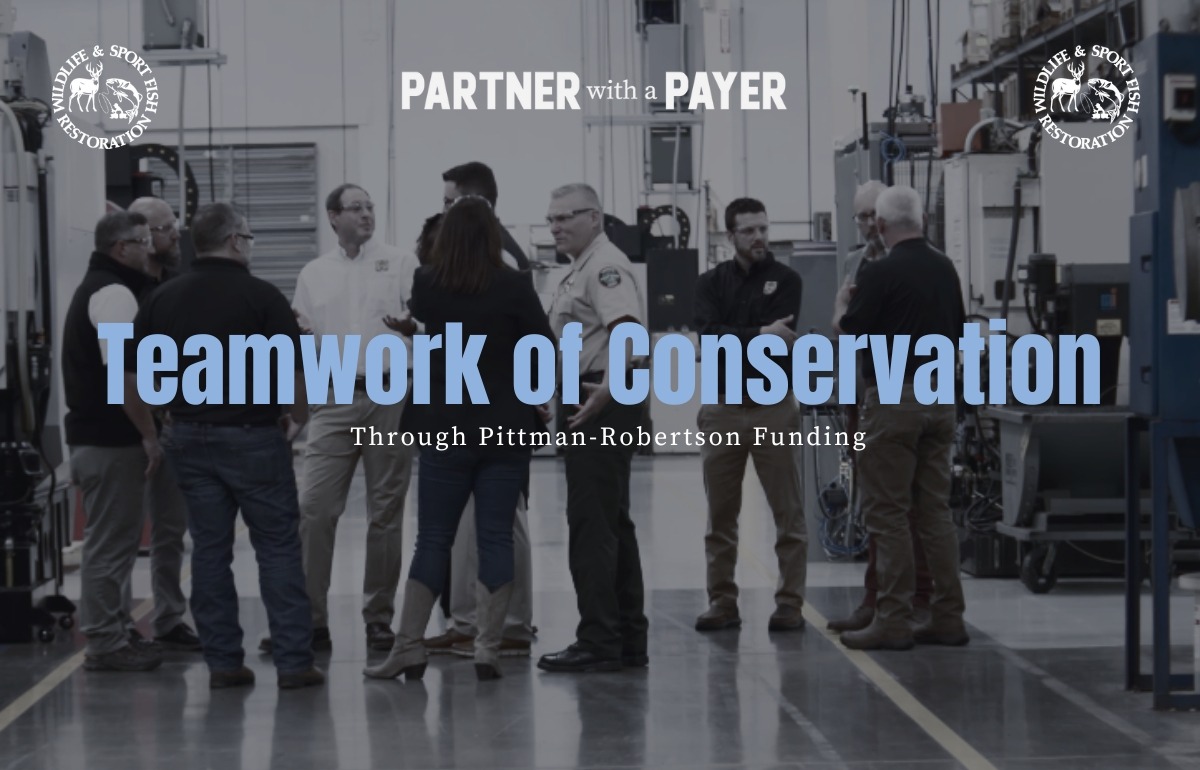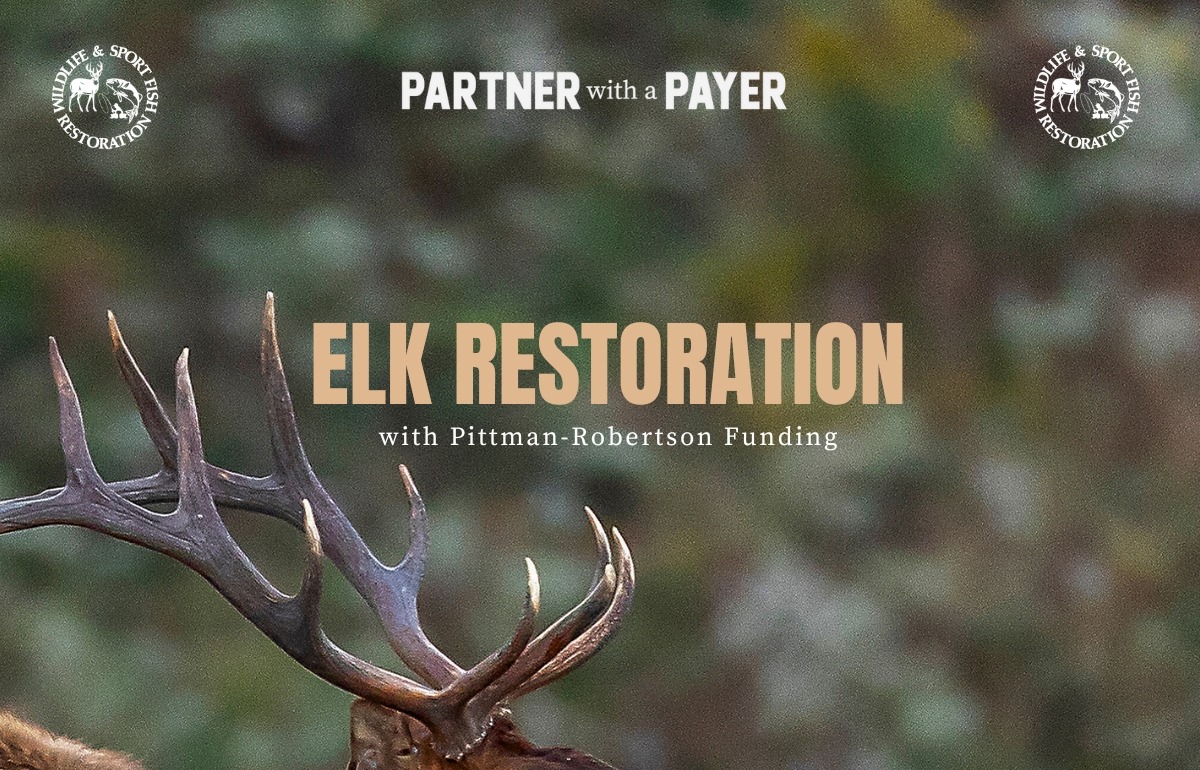 Back to News
Back to News
October 28, 2024
Behind the Scenes at Beretta USA with U.S. Fish and Wildlife Service
Turning down Gateway Drive in Gallatin, Tenn., the Beretta USA Corp. building comes into view once you crest a small hill. The distinctive trident logo on the modern manufacturing facility set on a 100-acre campus lets everyone know that this is where in 2016 the famed Italian gun maker set down new roots for American manufacturing. It’s not just where some of the most popular shotguns, rifles and handguns are made, it’s also one of the hundreds of locations across America that’s making conservation a success.
That was the point of the visit by NSSF, U.S. Fish and Wildlife Service (USFWS) and Tennessee Wildlife Resources Agency. Together, the firearm industry and government conservation officials at the state and national level are working to inform stakeholders that conservation funds are largely paid for by firearm and ammunition manufacturers and are being wisely invested to perpetuate abundant wildlife, public land access and recreational shooting ranges for all Americans.
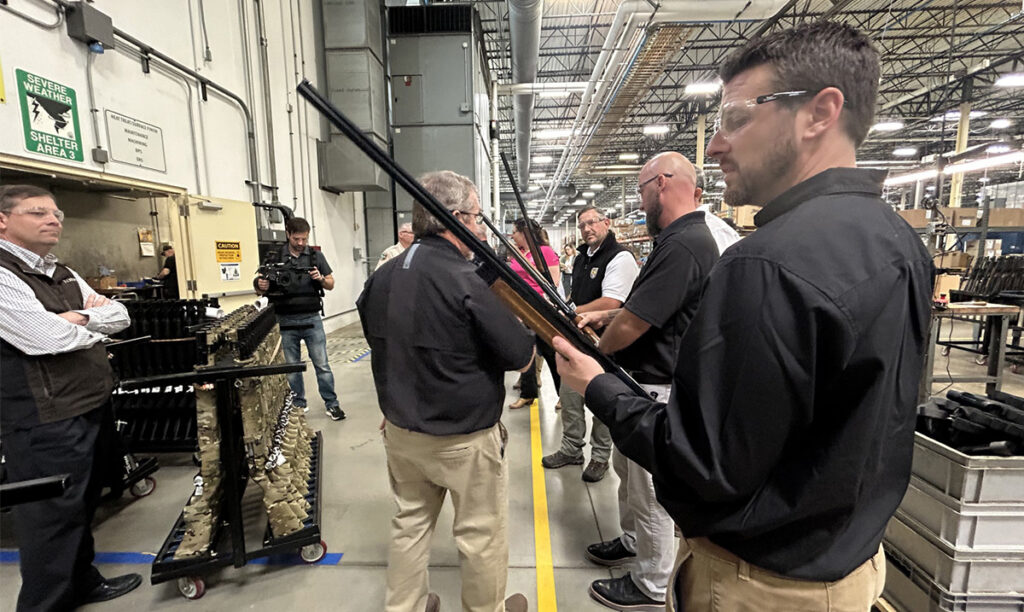
Partner with a Payer®
It’s a partnership between NSSF and USFWS’ Office of Conservation Investment to make sure that those who generate the funds for American wildlife conservation know how the money is invested and those who are applying those conservation funds know where that money is generated. It’s called “Partner with a Payer” and the effort has for several years now been bringing conservation officials and biologists into the firearm and ammunition manufacturing facilities. Likewise, representatives from those manufacturers have joined conservation officials and biologists in the field to see how those funds are being spent. Last week, Beretta USA in Gallatin, Tenn., opened their doors to give conservation officials a peek behind the scenes.
The visit to Beretta USA was part of an ongoing effort to inform those in the firearm and ammunition industry, conservation and the public about the critical importance of this partnership. Conservation officials and biologists need to understand the funds that support their efforts in the states is dependent upon the success of these manufacturers. Likewise, USFWS and state wildlife officials know the critical importance of showcasing how states are responsibly administering those funds. Those projects have been highlighted in bear den studies, prescribed burns for wildlife habitats and construction of new recreational shooting ranges, among other projects.
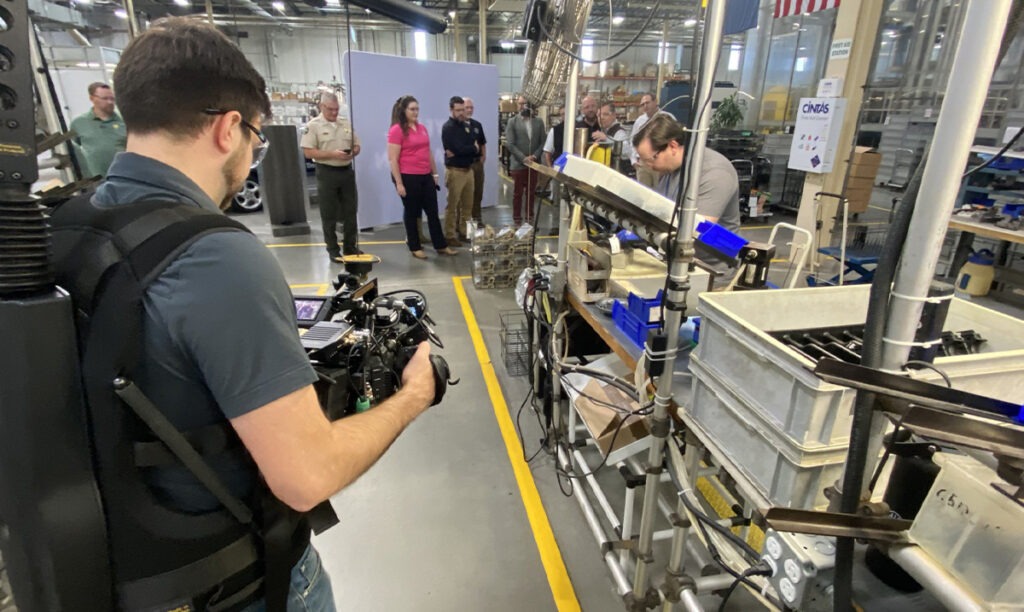
Beretta USA established the Tennessee plant in 2016, moving their production from Accokeek, Md., where they had been producing firearms since 1977. Beretta is a storied firearm maker, founded in Gardone Val Trompia, Italy, in 1526. The nearly 500-year-old family-owned gun maker is the oldest firearm manufacturer in the world and one of the oldest companies in the world. Their first order was to deliver arquebus barrels to Venice. Today, they make handguns, rifles and shotguns and have grown the company to include a family of firearm makers in several countries.
Today, they are a leading international firearm manufacturer and significant investor in the Wildlife Restoration Trust Fund, administered by USFWS. Firearm and ammunition makers pay an 11 percent excise tax on long guns and ammunition, and a 10 percent excise tax on handguns under the Federal Aid in Wildlife Restoration Act, also known as the Pittman-Robertson Act. That law was passed in 1937 to take excise taxes paid by firearm and ammunition manufacturers and apply that to conservation efforts, hunter education and recreational shooting range construction and improvement projects.

Results are In
That’s resulted in over $27 billion for conservation since 1937, when adjusted for inflation. Those funds paid by firearm and ammunition manufacturers are combined with excise taxes paid by archery manufacturers and apportioned back to the states for conservation efforts. In recent years, firearm and ammunition makers – including Beretta USA – have been responsible for about $1 billion annually going to programs to ensure healthy and abundant wildlife, accessible public hunting lands and public recreational shooting ranges.
The need for wildlife conservation in 1937 was dire. Wildlife was in a bad spot. There were fewer than a half a million whitetail deer in America. Wild turkeys numbered around 100,000. Waterfowl was scarce. Just 41,000 Rocky Mountain elk remained and just 12,000 pronghorn antelope.
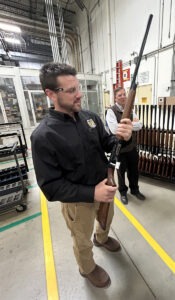
That’s a much different story today. Over 32 million whitetail deer are on America’s landscape. Wild turkeys rebounded to 7 million and there are now over 44 million ducks and geese in the skies. There are a million Rocky Mountain elk, including thriving populations in Tennessee, where elk hadn’t bugled in over a 150 years. In fact, Tennessee held their first modern elk hunt in 2009. Over 1.1 million pronghorn antelope dot the western states today.
That success has made the American Model of Wildlife Conservation the envy of the world. With continued investment by firearm and ammunition manufacturers, that success will ensure abundant wildlife for generations to come.
Categories: BP Item, Featured, Shooting, Top Stories







